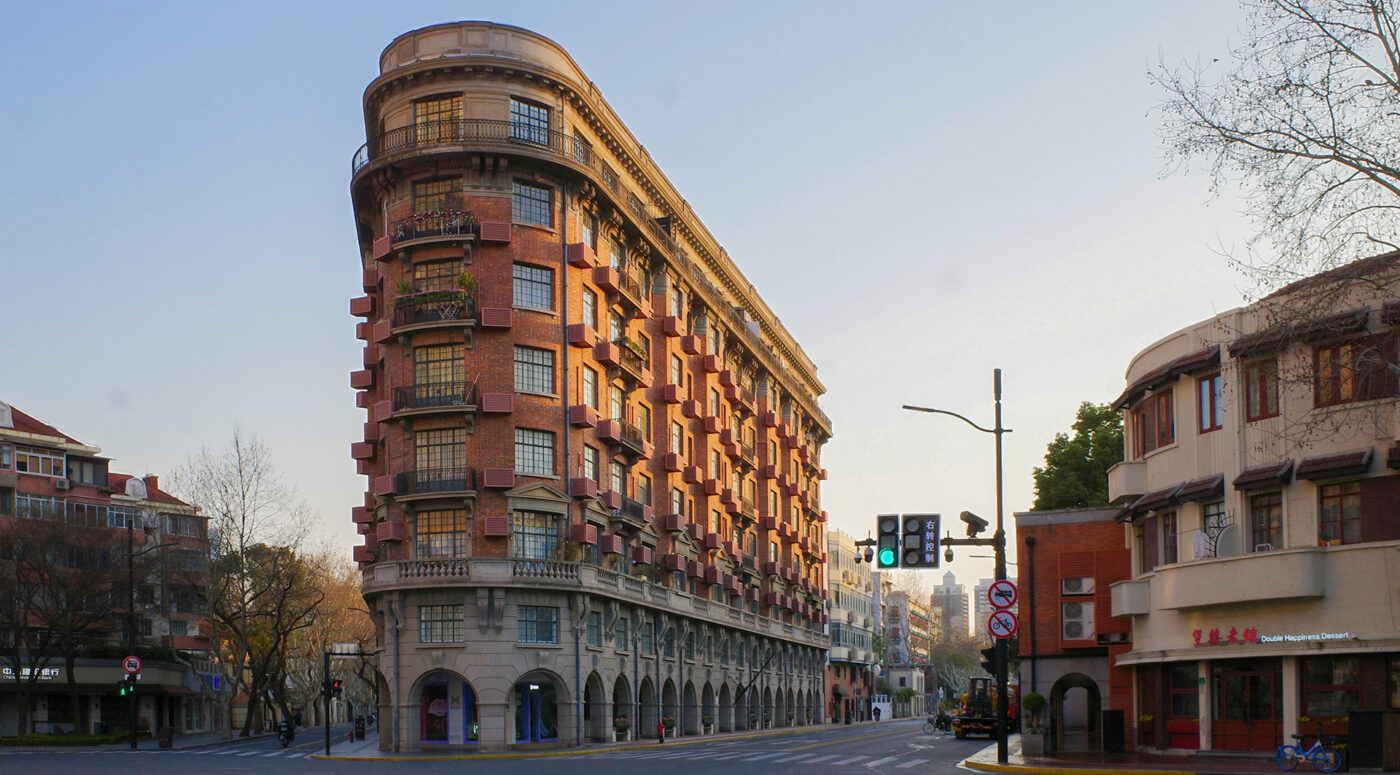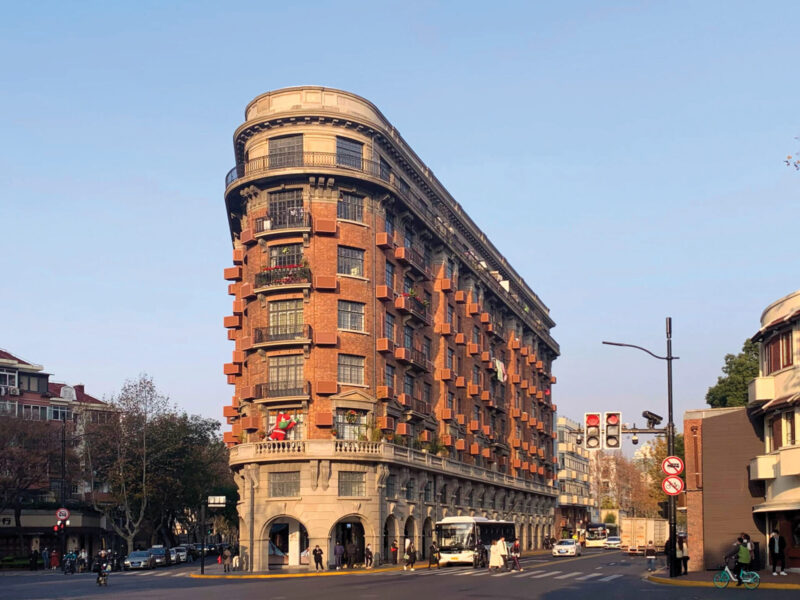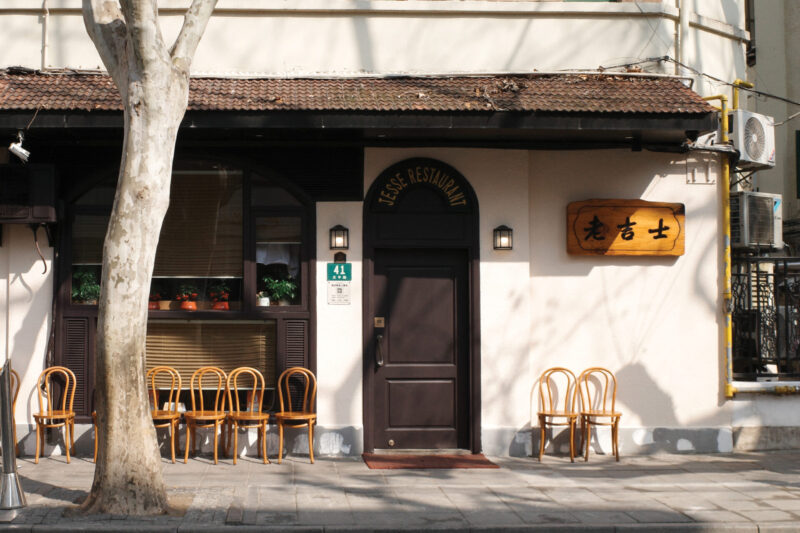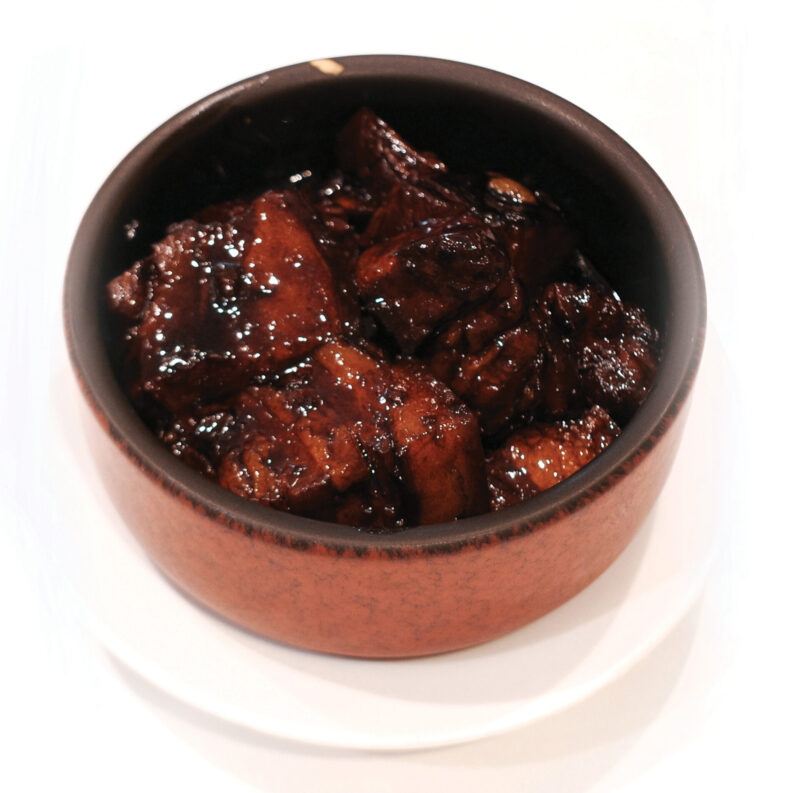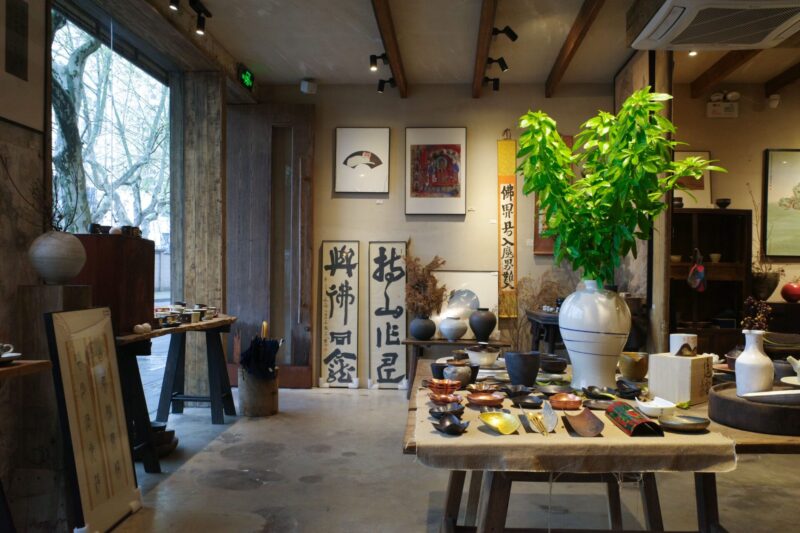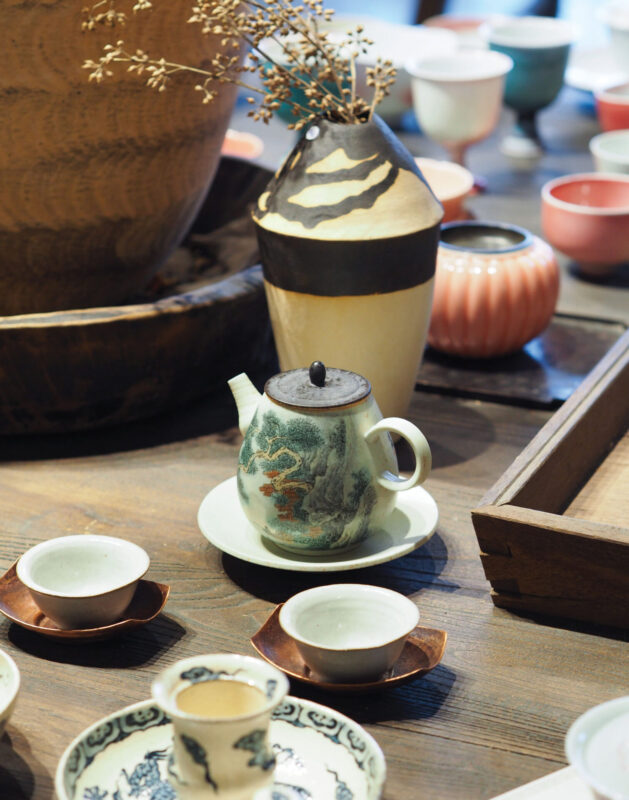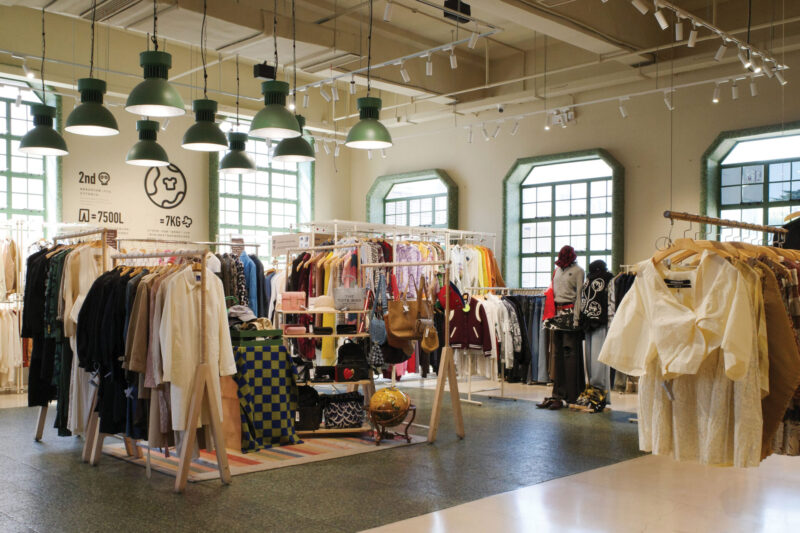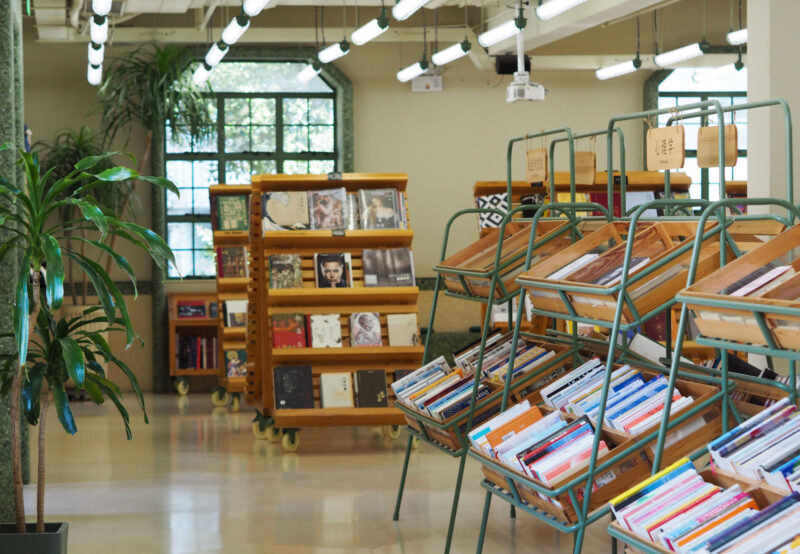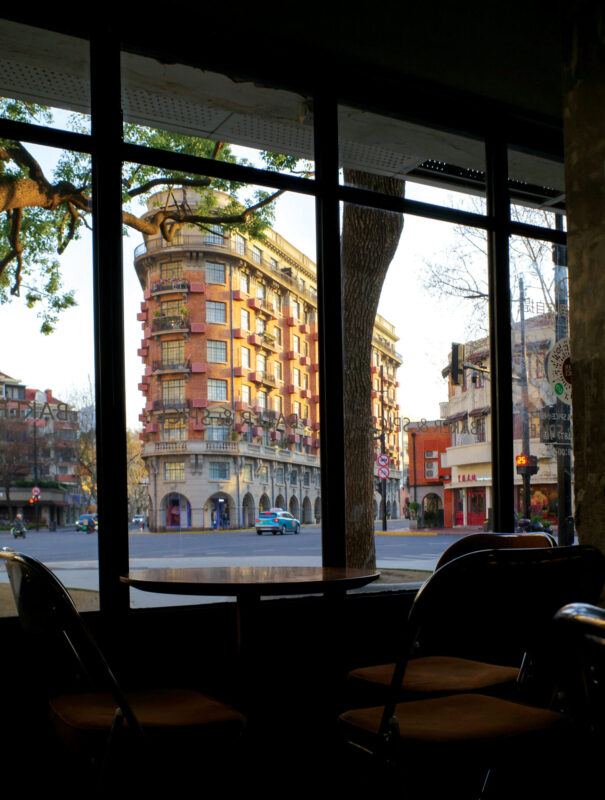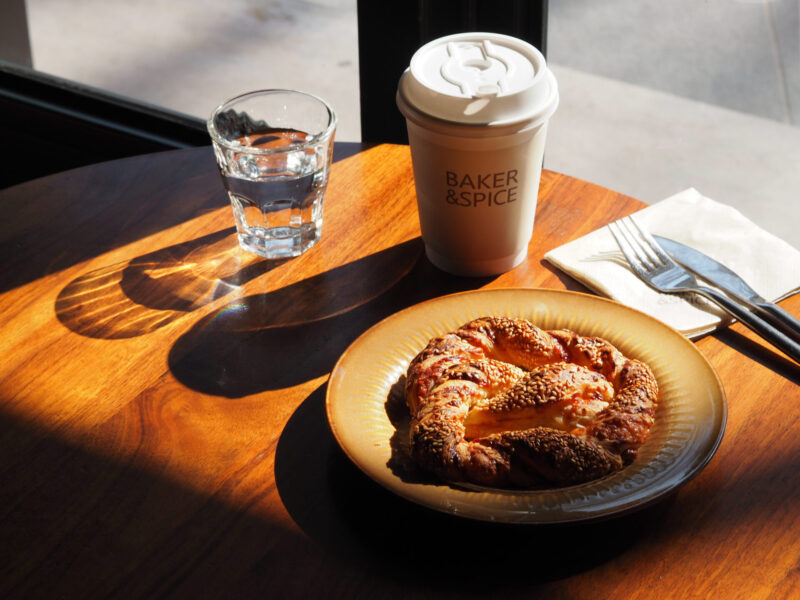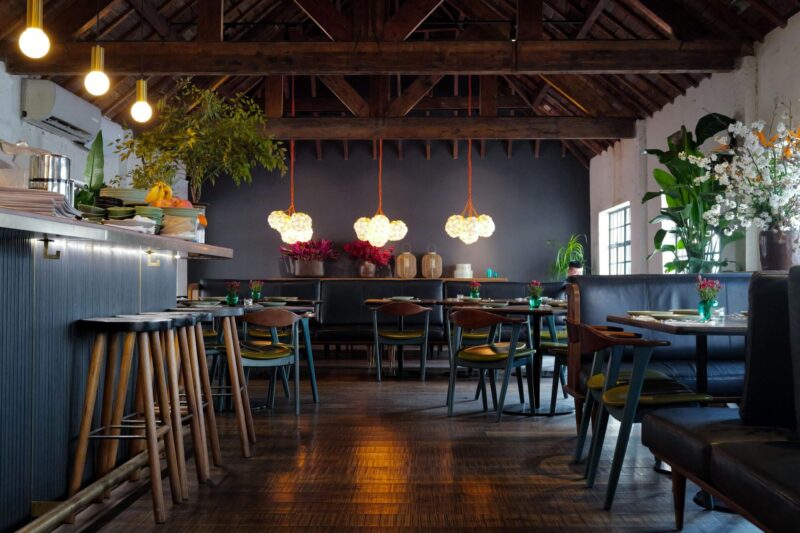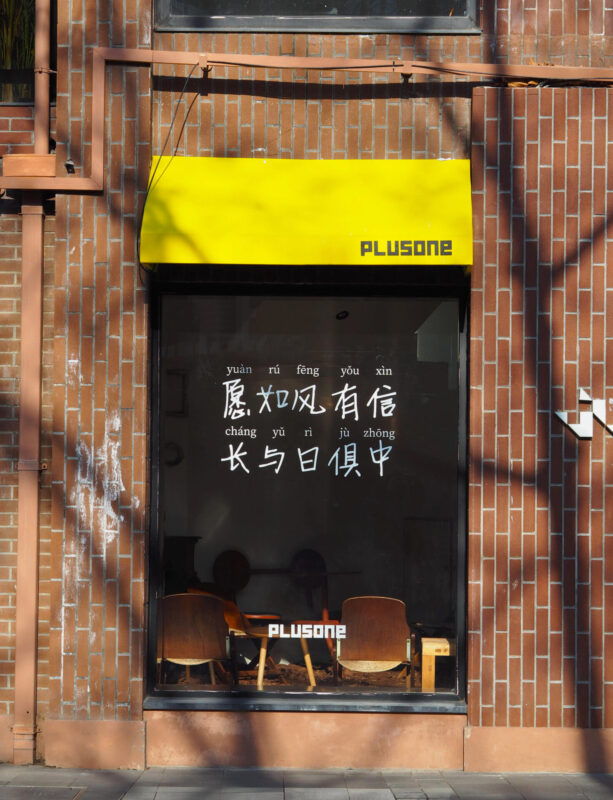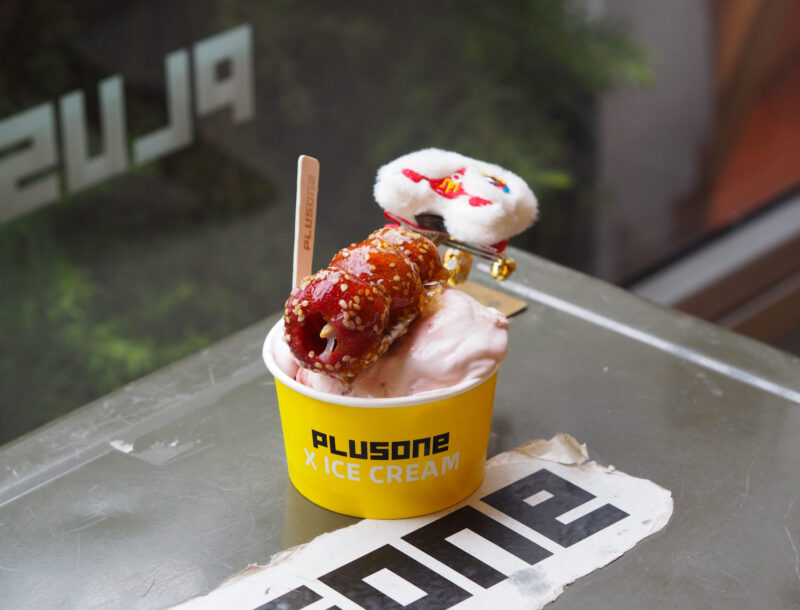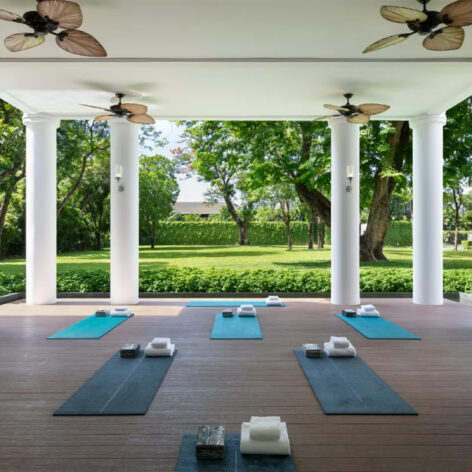One of Shanghai’s most historically and cultural significant neighborhoods is its former French Concession. From the late 19th century through to the early 20th century the French were granted the right to govern this area, and the neighborhood blossomed into a rare fusion of European architecture with Chinese soul — a blend that remains uniquely captivating to this day.
Covering approximately eight kilometers westward from The Bund, the French Concession continues to be a neighborhood where Shanghai’s layered history and quiet elegance unfolds. Grand French Renaissance-style apartments stand alongside beautifully preserved heritage buildings, framed by arched trees, cozy cafés, local eateries and character-filled boutiques.

A popular walking route from Wukang Lu (“lu” means “road”) to connecting Anfu Lu brings the spirit of the city alive for visitors and locals alike through food culture, providing a window on its society and historical ambiance — without a doubt, this is an unmissable route on any cultural journey through Shanghai.
Zhongchuan Zhipai Furniture
Founded in 1997, Zhongchuan Zhipai Furniture (aka China Traditional Shanghai Regional Furniture) is a vintage furniture and décor store (daily: 09:30-21:00) beloved by collectors and design enthusiasts alike. Owned by Wang Li, who is often referred to as the “Queen of Chairs”, the shop offers a curated selection of century-old pieces that reflect the soul and character of old-world Shanghai. On the second floor, guests can enjoy a nostalgic afternoon tea in a tea salon reminiscent of a bygone era.
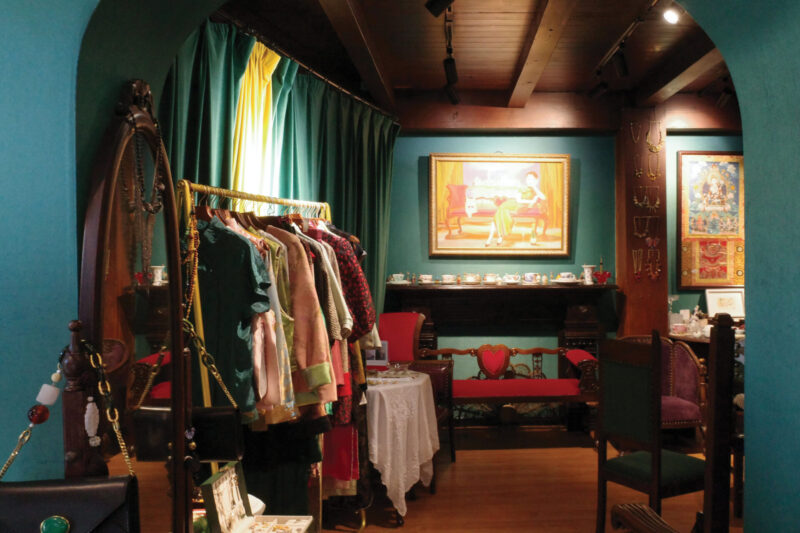
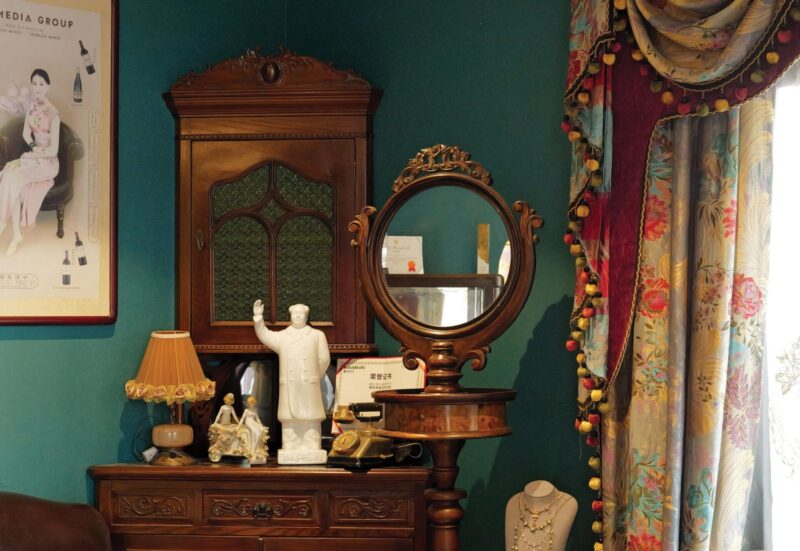
Wukang Mansion
This century-old apartment building has been carefully preserved and stands as an architectural and cultural landmark of the city. Designed by Hungarian-Slovak architect Ladislav Hudec, who famously escaped a World War I prison train and later made his home in Shanghai, Wukang Mansion was inspired by the French warship Normandie – its front wedge shape resembles the bow of a ship. Today, the building houses cafés, retail shops and a gallery dedicated to its own history, making it a symbol of the neighborhood.


